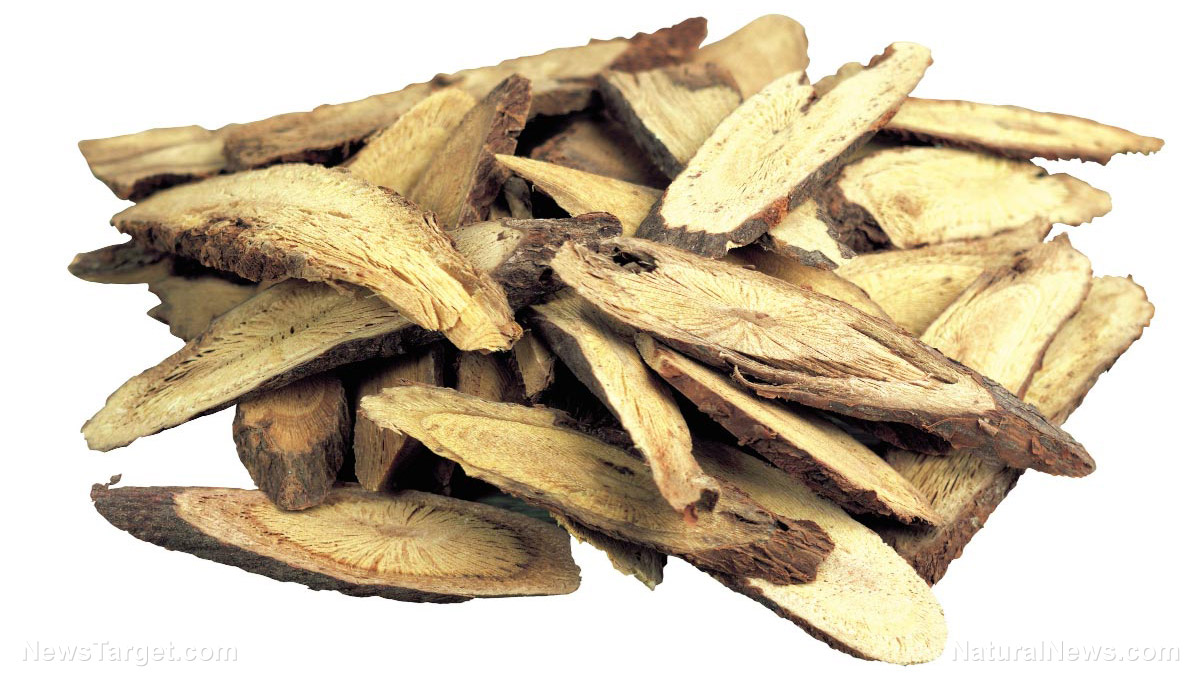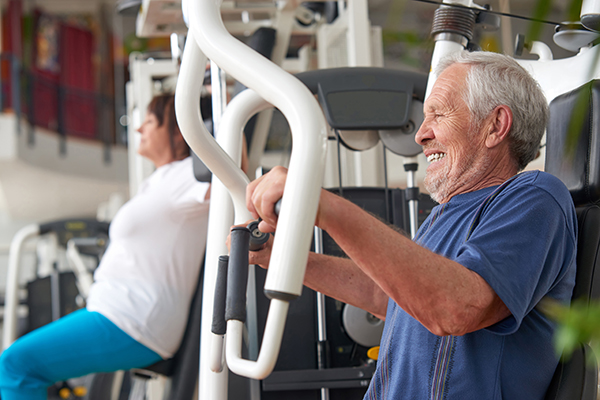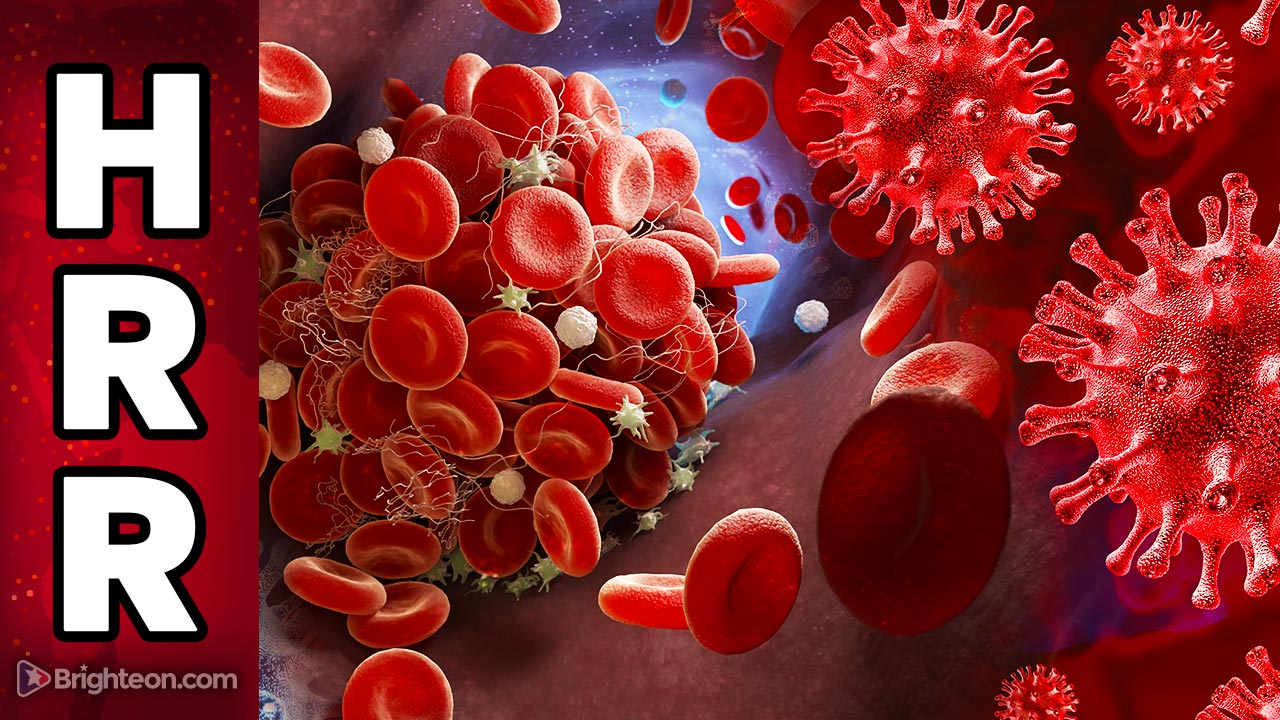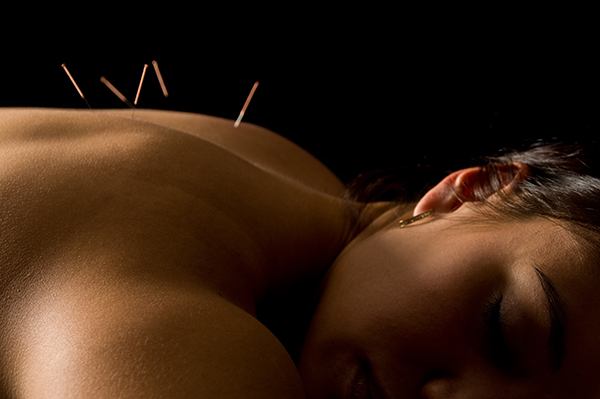Study links fast food consumption to fatty liver disease
01/17/2023 / By Zoey Sky

A study has determined that eating fast food increases your risk of developing non-alcoholic fatty liver disease (NAFLD) even if you follow a healthy diet. NAFLD causes fat buildup in your liver and can be fatal.
Researchers from the University of Southern California found that people who are obese or have diabetes and get more than 20 percent of their daily calories from fast food have “severely elevated” fat levels in their livers compared to those who consume less or no fast food.
Results of the study also showed that among the general population, “if more than a fifth of a person’s diet consists of fast food, it will increase fat levels in their liver.”
Details of the study were published in the journal Clinical Gastroenterology and Hepatology.
Increase in fat in the liver may cause NAFLD
Dr. Ani Kardashian, a hepatologist with Keck Medicine and lead author of the study, explained that healthy livers contain a small amount of fat, usually less than five percent.
However, even a moderate increase in fat can result in non-alcoholic fatty liver disease. Kardashian added that the “severe rise in liver fat in those with obesity or diabetes” is alarming. She noted that this may be because these conditions increase your risk of having fat build up in the liver.
This isn’t the first study to suggest a link between fast food consumption and obesity and diabetes. However, it is one of the first projects to highlight the negative impact of fast food on liver health, specifically. The study results also showed that consuming modest amounts of high-carb, high-fat fast food can harm liver health.
Kardashian said if you only eat one meal a day at a fast food restaurant, you might think it isn’t bad for your health. But if that one meal makes up at least one-fifth of your daily calories, you are putting your liver at risk. (Related: Glutathione helps fight fatty liver disease, reveals study.)
Fatty liver and fast food
Non-alcoholic fatty liver disease, or liver steatosis, can cause cirrhosis or scarring of the liver. In some cases, cirrhosis may eventually cause liver cancer or failure. More than 30 percent of the U.S. population has liver steatosis.
For the study, researchers analyzed the most recent available data from the 2017-2018 National Health and Nutrition Examination Survey. Doing this helped researchers find out the impact of fast food consumption on liver steatosis.
For the study, the scientists characterized fast food as meals like pizza from either a drive-through restaurant or an eatery without a wait staff.
The researchers evaluated the fatty liver measurements of at least 4,000 adult participants and then compared their responses regarding fast food habits.
Among the survey participants, 52 percent reported eating some fast food. Within that group, 29 percent consumed one-fifth or more of their daily calories from fast food. Notably, only that 29 percent experienced an increase in liver fat levels.
The association was intact for both the general population and those with obesity or diabetes even after researchers accounted for additional factors like age, sex, race, ethnicity, alcohol use and physical activity levels.
The results are worrying since fast-food consumption has increased within the last 50 years, regardless of socioeconomic status, said Kardashian.
She added that they also observed a “substantial surge in fast-food dining during the COVID-19 pandemic, which is probably related to the decline in full-service restaurant dining and rising rates of food insecurity.” The researchers are worried that the number of those with fatty livers has continued to increase since the time of the survey.
The study authors hope that the results of their research can help encourage more doctors and healthcare providers to educate their patients when it comes to nutrition, particularly about the dangers of eating too much fast food.
Improve your eating habits to help prevent or treat fatty liver
Keep in mind that the only way to treat liver steatosis is by switching to a balanced diet. Since the first line of treatment for NAFLD is weight loss, you can reduce your calorie intake, improve your eating habits and exercise regularly.
The diet for fatty liver disease includes:
- Lots of fruits and vegetables.
- High-fiber plants like legumes and whole grains.
- Significantly reducing intake of certain foods and beverages, especially those high in added sugar, salt, refined carbohydrates and saturated fat.
- Not drinking alcohol.
Additionally, the amount of weight that you should lose to treat NAFLD will depend on the amount of excess body fat that you have. Consult a physician to determine an appropriate weight loss goal based on your overall health.
Health experts recommend a nutrient-dense, whole-food-based diet full of foods rich in fiber, protein and unsaturated fats for those with NAFLD.
These superfoods should be part of a healthy liver diet:
Leafy greens
Compounds found in leafy greens like spinach may help fight fatty liver disease.
The results of a 2021 study revealed that eating spinach specifically lowered the risk of NAFLD, possibly because the vegetable contains nitrate and distinct polyphenols.
For the study, researchers focused on raw spinach since cooked spinach did not have the same strong results. This could be because cooking spinach and other leafy green vegetables may result in lower polyphenolic content and antioxidant activity.
Fatty fish
Fatty fish like salmon, sardines, trout and tuna are full of omega-3 fatty acids. Studies suggest that supplementing with omega-3s may benefit those with NAFLD by reducing liver fat, boosting protective HDL cholesterol and lowering triglyceride levels.
Oatmeal
Oatmeal and other whole-grain, fiber-rich foods may help reduce your risk of developing NAFLD-related diseases.
According to research, a nutritious diet that includes fiber-rich foods like oats is effective for those with NAFLD. It can also help reduce triglyceride levels.
What to avoid if you have fatty liver disease
If you have fatty liver disease, you may benefit from avoiding certain foods or reducing your intake.
The foods below often contribute to weight gain and can increase blood sugar:
- Alcohol is a major cause of fatty liver disease and other liver diseases.
- Added salt is bad for you because it can increase the risk of NAFLD. Try to reduce sodium intake to less than 2,300 milligrams per day. If you have high blood pressure, limit salt intake to only 1,500 mg per day.
- Added sugar from sugary foods and beverages like candy, cookies, fruit juices and soda. High blood sugar increases the amount of fat buildup in the liver.
- Fried foods are full of fat and calories.
- Red meat like beef and deli meats is full of saturated fat.
Avoid eating fast food and follow a balanced diet to prevent fatty liver disease.
Watch the video below to know more about natural treatments for non-alcoholic fatty liver disease.
This video is from the Holistic Herbalist channel on Brighteon.com.
More related stories:
High-sugar diet increases pregnant women’s diabetes and liver disease risk.
Study: “Forever chemicals” in popular cooking products increase risk of liver cancer.
Not so sweet: Study links artificial sweeteners to liver damage.
Sources include:
Submit a correction >>
Tagged Under:
fast food, fasting, fatty liver, fatty liver disease, food science, frankenfood, health science, liver damage, liver health, NAFLD, nutrition, prevention, research, stop eating poison, tips, Type 2 Diabetes
This article may contain statements that reflect the opinion of the author
RECENT NEWS & ARTICLES
COPYRIGHT © 2017 PREVENTION NEWS




















